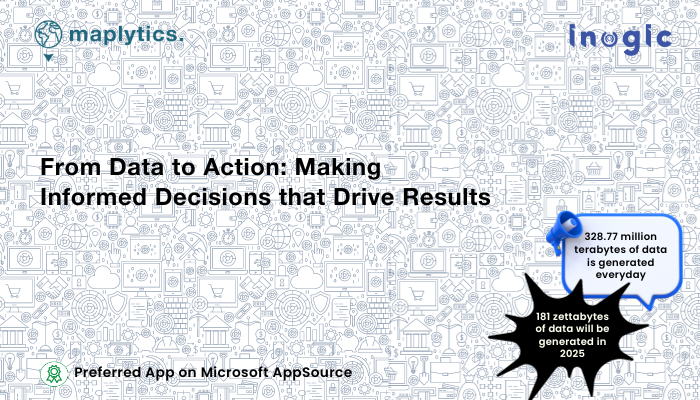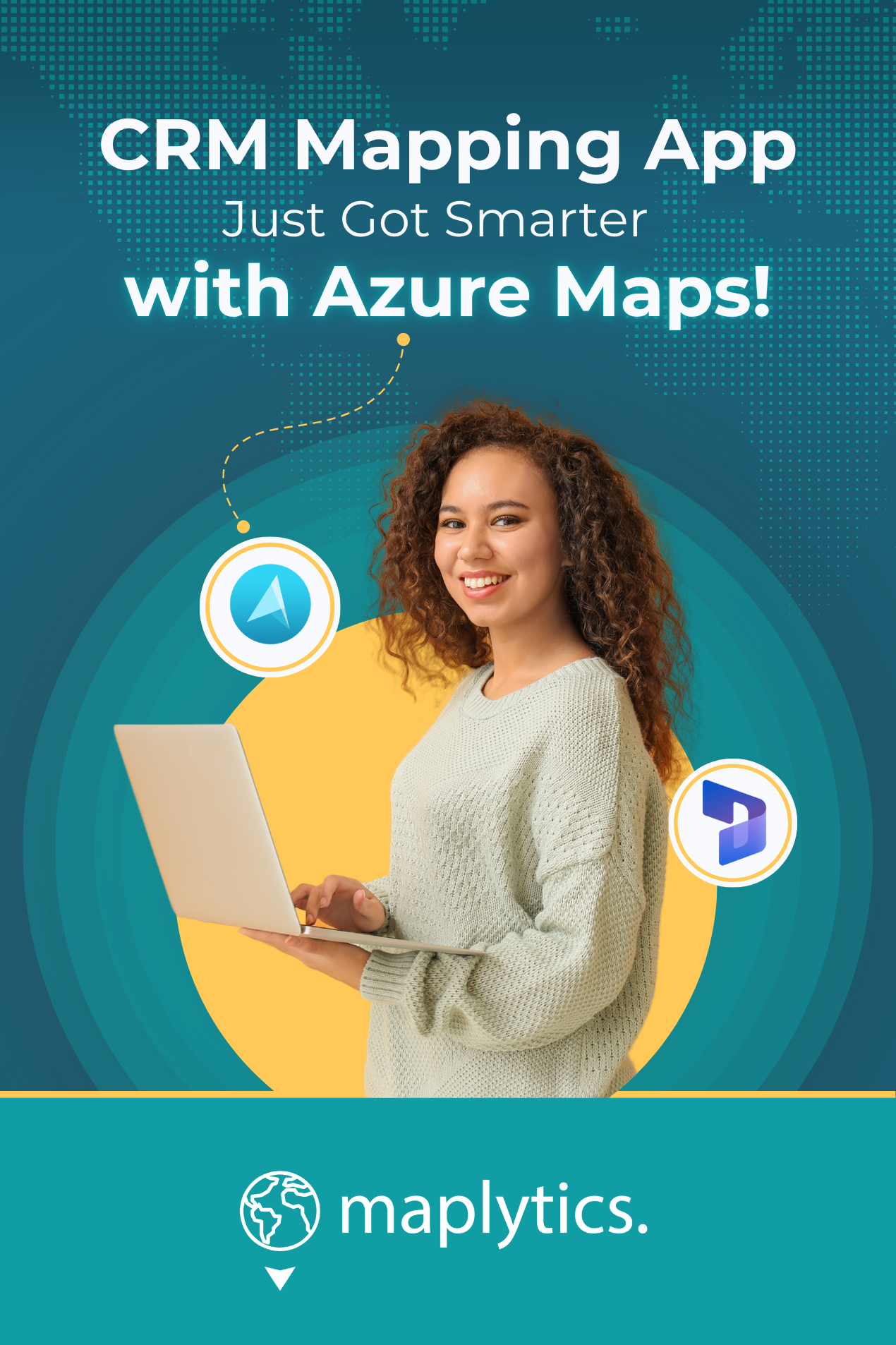✔ Approximately 328.77 million terabytes of data are created each day
✔ 181 zettabytes of data will be generated in 2025
✔ Videos account for over half of internet data traffic
Huge shocking numbers, right? But these also represent the fact of life. The world is already in a data revolution and the increasing data plans consumed by all of us on multiple devices is a minor proof of the same. The revolution has been accelerated with the widespread growth of the internet and it continues to aww the world.
Use of Data
The data generated in humongous numbers is an asset for business growth. Here are some of the most common uses of data:
- Decision-making: Data can be used for informed decision-making at all levels of an organization. Businesses can use data to decide on marketing campaigns, product development, and resource allocation.
- Customer relationship management (CRM): Data can be used to improve CRM by providing insights into customer behavior and preferences. This information can be used to target marketing campaigns, personalize customer interactions, and improve customer satisfaction.
- Risk management: Data can help identify and manage risks. Financial institutions can use it to assess the creditworthiness of borrowers and insurance companies can use data to assess the risk of a natural disaster.
- Fraud detection: Data is good for fraud detection. Credit card companies can identify transactions that are likely to be fraudulent.
- Research and development: Data supports research and development efforts. Scientists can develop new drugs and engineers can use data to design new products.
- Marketing and sales: Data improves marketing and sales campaigns. Businesses can target their marketing campaigns to the most likely customers and develop sales leads.
- Operations: Data is used to improve operational efficiency. Businesses can identify bottlenecks in their processes and improve scheduling.
- Compliance: Data ensures compliance with regulations. Businesses can track their compliance with environmental regulations.
- Innovation: Businesses can identify new opportunities for product development and develop new business models.
These are just a few of the many ways that data can be used. As the amount of data available continues to grow, the potential uses for data will only continue to expand.
Data Mining
Data mining is the process of extracting and analyzing large amounts of data to identify patterns, trends, and relationships. It is a valuable tool for businesses of all sizes, as it can be used to gain insights into customer behavior, market trends, and operational efficiency.
Data mining techniques can be used to identify:
- Customer segments: This can be used to segment customers into groups based on their demographics, purchase history, or other factors. This information can then be used to target marketing campaigns and product development.
- Association rules: These rules identify relationships between different items. If a rule states that “80% of customers who purchase a car also purchase car insurance.” It can be used to improve product placement and cross-selling opportunities.
- Predictive modeling: This involves predicting future events based on historical data. A model might be used to predict which customers are likely to churn. This information can be used to target retention efforts.
- Cluster analysis: This involves grouping data points together based on their similarity. This can be used to identify hidden patterns in data. A cluster analysis might be used to identify groups of customers who share similar interests.
Data and CRM
Data plays a crucial role in customer relationship management (CRM) by providing valuable insights into customer behavior, preferences, and interactions. CRM systems collect and store data from various sources, including customer interactions, sales transactions, marketing campaigns, and website activity. This data is then analyzed to generate reports, identify trends, and develop targeted strategies for improving customer relationships and driving business growth.
Locational Data
Locational data, also known as geographic data or geospatial data, is information about the specific geographical whereabouts of a particular object or entity. It is typically represented using coordinates, such as latitude and longitude, which pinpoint the location on the Earth’s surface. Locational data can be collected from various sources, including GPS devices, smartphones, navigation systems, sensors, and satellite imagery.
Locational data has the potential to revolutionize various industries and aspects of our lives.
Combining Locational Intelligence and Microsoft Dynamics 365 CRM
80% of the data collected has a geographical aspect attached to it. This information when explored further can be enterprising and useful for strategizing. Maplytics by Inogic does just that!
Maplytics™ is a comprehensive and powerful Geospatial and Analytical Mapping solution for Microsoft Dynamics 365 users. It has been designed to enable Dynamics 365 (all modules) users to leverage the power of location intelligence to plot, plan, analyze, and take action on their Dynamics CRM data with advanced insights. It empowers users across industry verticals with Geographical Data Visualization, Optimized Routing, Appointment Planning, Proximity Search, Heat Maps, and Territory Management to drive better sales, improve business processes, and engage customers at the right time.
Radius/ Proximity Search
Microsoft Dynamics 365 CRM can use maps to help on-field sales reps quickly locate nearby retailers. Reps can specify a radius of 5 miles or kilometers, and the CRM will search for existing and potential retailers within that area. Reps can also plot the retailers on a map based on how long it will take to reach them from their current location, or even plot multiple circles by providing up to three radii options.
Territory Management
Territory Management is a powerful tool that helps users organize and manage their data by geographic region. It is easy to use and allows multiple users to create, edit, and align territories based on different criteria, such as customer records, product categories, or physical shapes. You can even automatically generate territories based on your specific business needs.
Auto Scheduling
Client appointments for one or more days can be automatically scheduled using maps within Microsoft Dynamics 365 CRM, taking into account the client’s availability. Schedules can be updated to accommodate ad hoc changes, and recurring appointments can also be scheduled. This helps both sales representatives and managers stay organized and prepared for their appointments.
Route Optimization
This feature can help sales reps plan the shortest and/or fastest travel routes between multiple destinations, avoiding traffic and tolls. The routes include driving directions and can be recalculated if necessary.
What’s More?
Maplytics is like water that can be moulded into any role. To get more acquainted and experience it first-hand, one can write to crm@inogic.com To investigate the product further, with a personalized demo within Microsoft Dynamics 365 CRM / Dataverse get in touch with the Team.
For applied knowledge, do visit our Website or Microsoft AppSource. One can hop on to the detailed Blogs, Client Testimonials, Success Stories, Industry Applications, and Video Library for a quick query resolution.
Until then,
Happy Mining!




